What is Glutinous Rice?
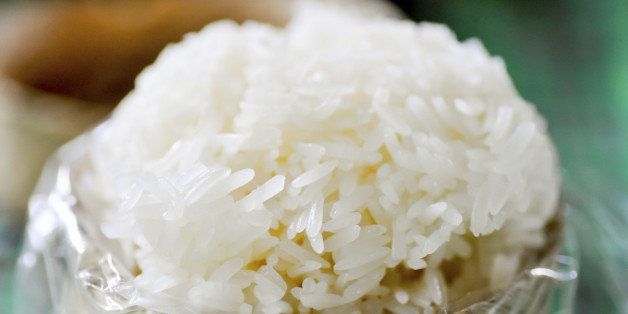
Glutinous rice, also known as sticky rice or sweet rice, is a type of short-grain rice that has a sticky texture when cooked. It is primarily grown in Southeast Asia and is a staple in many Asian cuisines. The unique stickiness of glutinous rice is due to its high amylopectin content, which gives it a cohesive and chewy texture. It is commonly used in a variety of dishes, including sushi, rice cakes, and desserts. Glutinous rice is gluten-free, making it suitable for individuals with gluten intolerance or sensitivity.
1. Glutinous Rice Characteristics and Usage
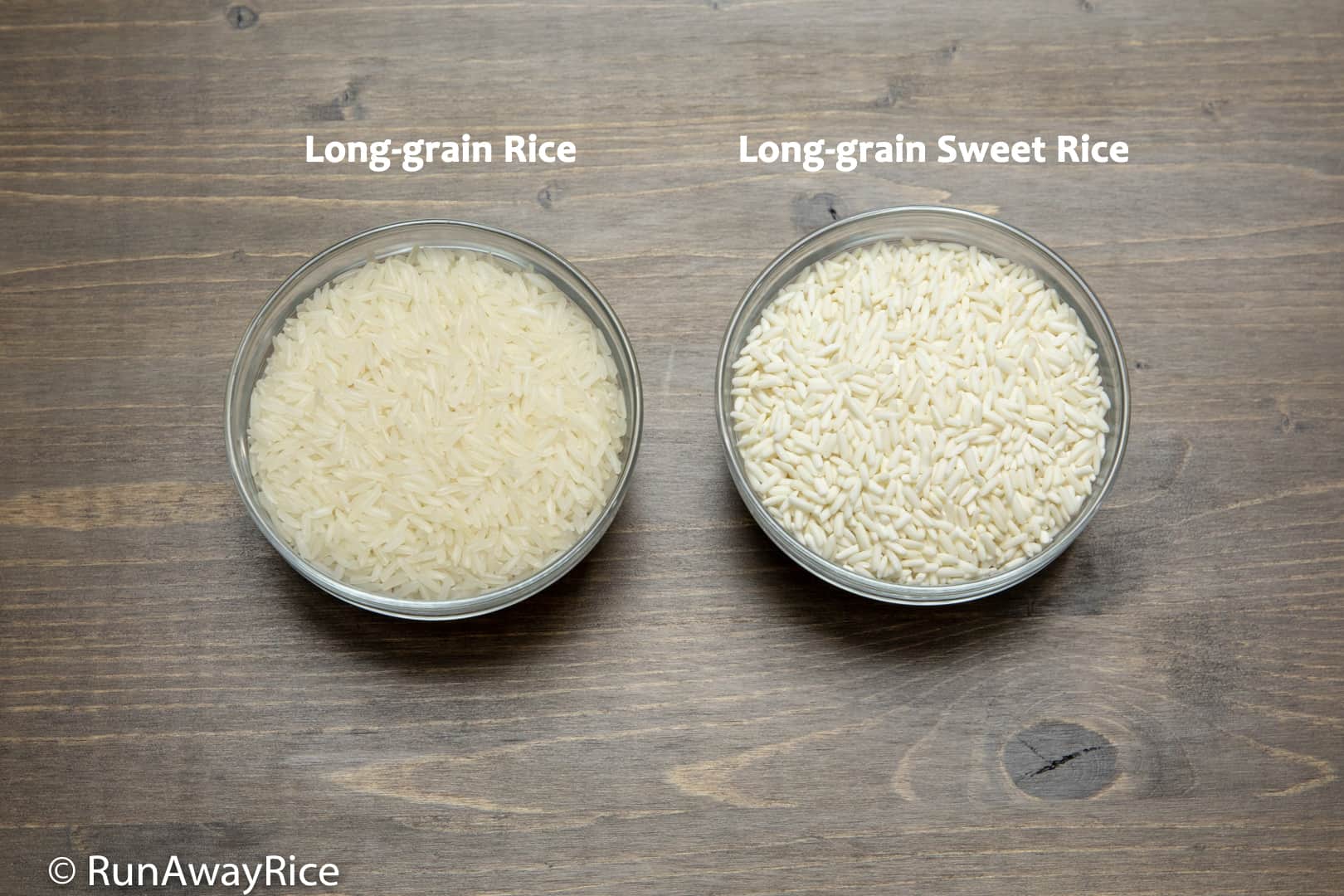
Glutinous rice, also known as sticky rice or sweet rice, is a short-grain rice with a sticky texture when cooked. It is primarily grown in Southeast Asia and is a staple in many Asian cuisines. The high amylopectin content in glutinous rice gives it a cohesive and chewy texture, which makes it perfect for making sticky rice dishes, rice cakes, and desserts. Its unique sticky quality allows it to be easily molded into shapes and provides a delightful mouthfeel in various culinary creations. Glutinous rice is a versatile ingredient that adds a distinct taste and texture to dishes.
2. Glutinous Rice Nutritional Value and Cooking Tips

Glutinous rice is not only delicious but also nutritious. It is rich in carbohydrates, providing energy for the body. Additionally, it contains small amounts of protein, fiber, and essential vitamins and minerals such as magnesium, phosphorus, and zinc. When cooking with glutinous rice, it is important to soak it overnight to achieve the desired sticky texture. It can be steamed, boiled, or stir-fried, and is commonly used in dishes like sticky rice with mango, rice cakes, and dumplings. Remember to rinse the rice before cooking to remove any excess starch and enjoy its unique texture and flavor. [3]
What is Sushi Rice?

Sushi rice, also known as shari, is a short-grain variety of rice that is specifically cultivated for making sushi. It is characterized by its sticky texture, which allows the rice to hold together when rolled or shaped into sushi. Sushi rice is traditionally prepared by washing and soaking the rice before cooking it with a specific ratio of water to ensure the right amount of moisture. After cooking, the rice is seasoned with vinegar, salt, and sugar, which gives it a distinct tangy and slightly sweet flavor. This seasoning enhances the taste of the sushi and helps to preserve the rice. Sushi rice is the foundation of sushi, serving as the base for various sushi rolls, nigiri, and sashimi. It is essential in creating the perfect balance of flavors in sushi and plays a crucial role in the overall sushi experience.
1. Sushi Rice Composition and Preparation
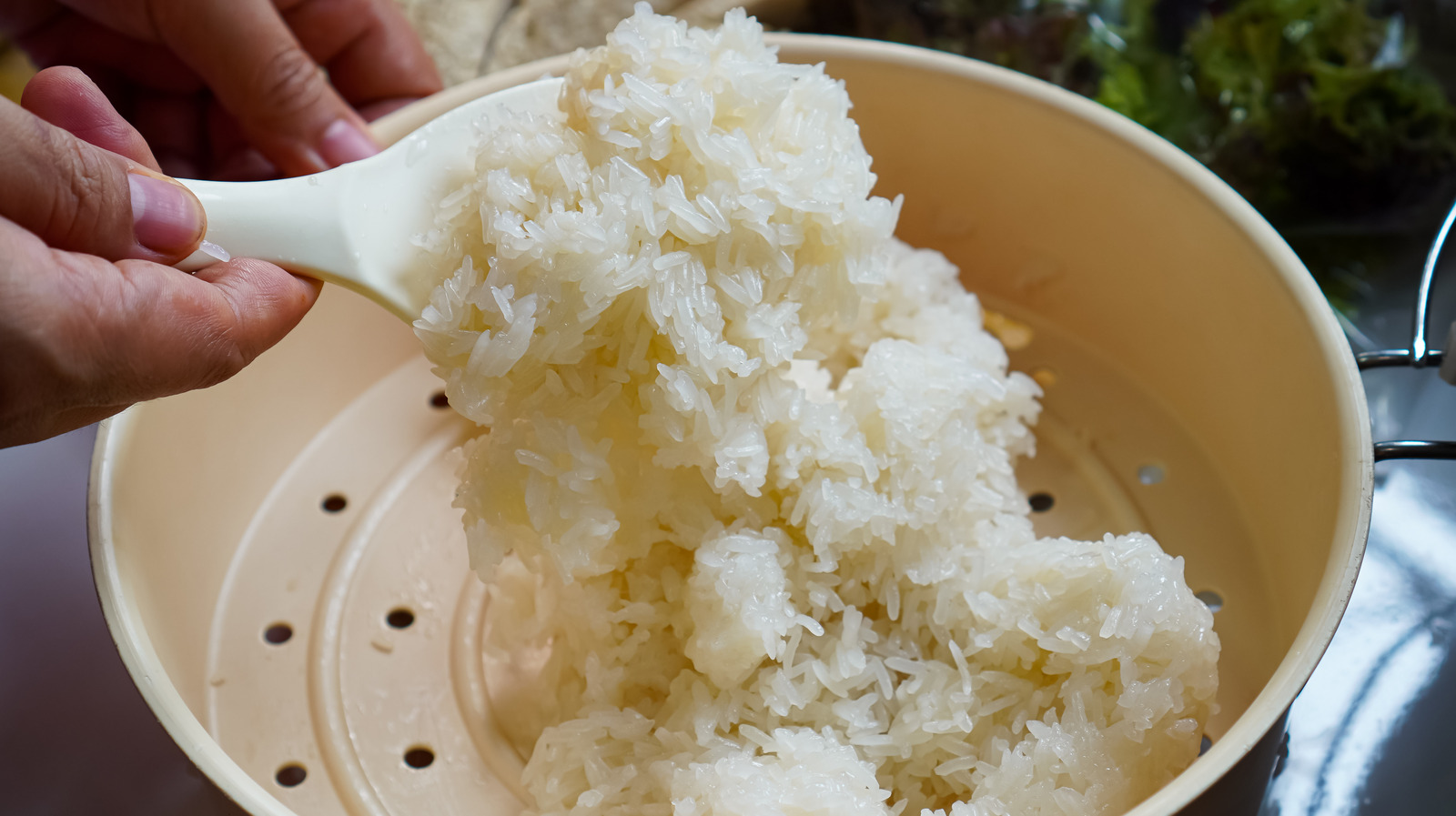
Sushi rice, also known as shari, is composed of short-grain rice that is carefully cultivated for its sticky texture. The key ingredient in sushi rice is high-quality Japanese rice, such as the Japonica variety, which has the perfect balance of starch and moisture content. To prepare sushi rice, the rice grains are washed and soaked to remove excess starch, and then cooked with a precise ratio of water. After cooking, the rice is seasoned with a mixture of rice vinegar, salt, and sugar to give it that signature tangy and slightly sweet flavor. This meticulous preparation ensures that the sushi rice is the perfect foundation for creating delicious sushi rolls and nigiri.
2. Sushi Rice Texture and Taste Comparison
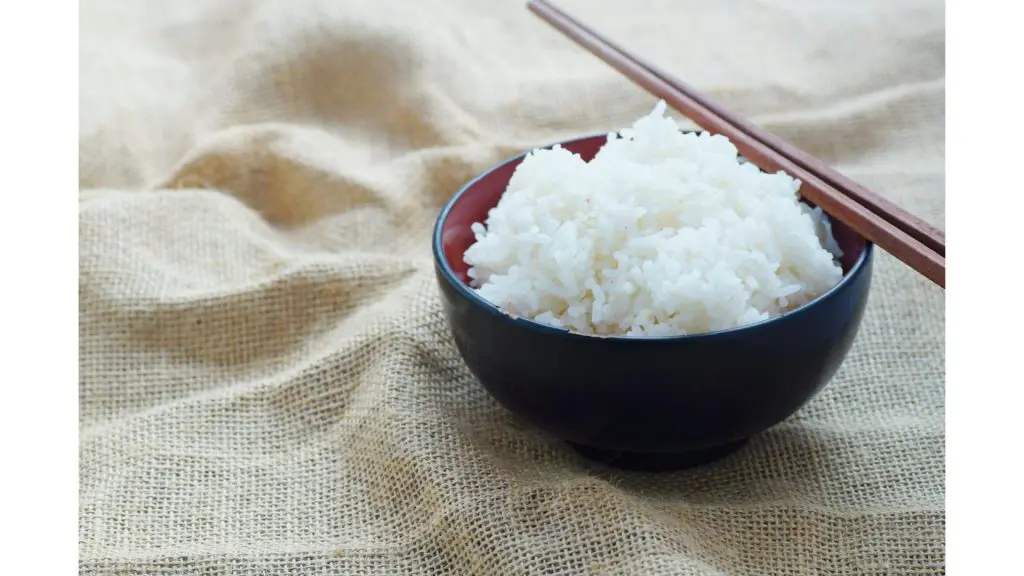
Sushi rice stands out not just in its composition and preparation, but also in terms of texture and taste. The texture of sushi rice is sticky and slightly chewy, thanks to the balance of starch and moisture content. It holds together well, making it perfect for shaping into sushi rolls and nigiri. In terms of taste, sushi rice has a delicate, slightly tangy flavor due to the seasoning of rice vinegar, salt, and sugar. This combination adds a subtle sweetness that complements the other flavors in sushi dishes. The unique texture and taste of sushi rice make it an essential component of authentic Japanese sushi. [10]
Glutinous Rice in Traditional Cuisine

Glutinous rice plays a significant role in traditional cuisine around the world. In many Asian countries, it is a staple ingredient used in both savory and sweet dishes. In China, glutinous rice is used to make sticky rice dumplings, also known as zongzi, which are often enjoyed during festivals. In Thailand, sticky rice is enjoyed with various dishes, such as mango sticky rice, where the rice is soaked in coconut milk and served with ripe mango slices. In Indonesia, glutinous rice is used to make traditional snacks and desserts like onde-onde and ketan hitam. The sticky texture of glutinous rice adds a unique quality to these dishes, making them delicious and satisfying.
1. Glutinous Rice Dishes from Around the World

Glutinous rice, also known as sticky rice, is a versatile ingredient used in various dishes from around the world. In Chinese cuisine, it is used to make zongzi, sticky rice dumplings filled with meats and wrapped in bamboo leaves. In Thai cuisine, it is enjoyed with mango in the popular dessert called mango sticky rice. In Indonesian cuisine, it is used to make onde-onde, sticky rice balls filled with sweet fillings like palm sugar. Glutinous rice is also used in Japanese cuisine for making mochi, a chewy rice cake typically filled with sweet fillings. Its sticky texture adds a unique and satisfying element to these dishes.
2. Glutinous Rice Varieties and Culinary Uses
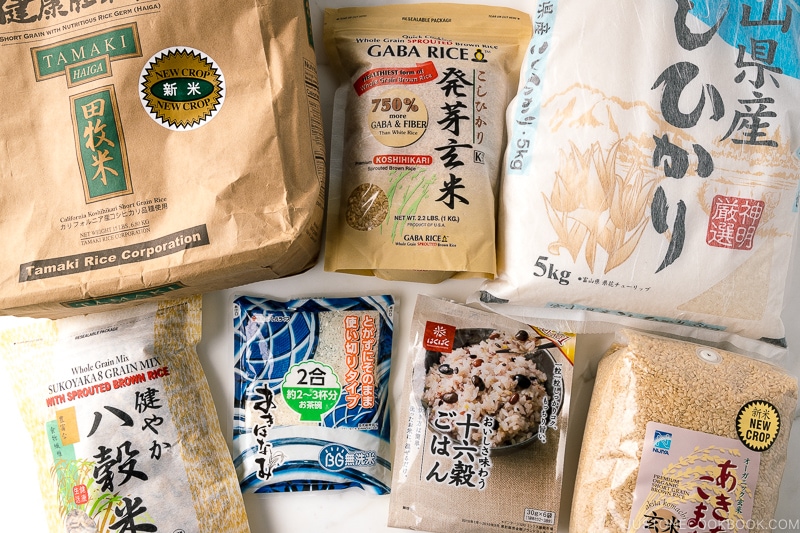
Glutinous rice comes in various varieties, each with its own unique characteristics and culinary uses. Some popular varieties include Japanese sweet rice, Thai sticky rice, and black glutinous rice. Japanese sweet rice is commonly used in making traditional Japanese desserts like mochi and dango. Thai sticky rice is a staple in Thai cuisine, often served with savory dishes or used in desserts like mango sticky rice. Black glutinous rice is commonly used in Asian desserts such as sweet rice pudding and rice cakes. With their sticky texture, these varieties of glutinous rice add a delightful chewiness to a variety of dishes across different cuisines.
Sushi Rice in Japanese Cuisine
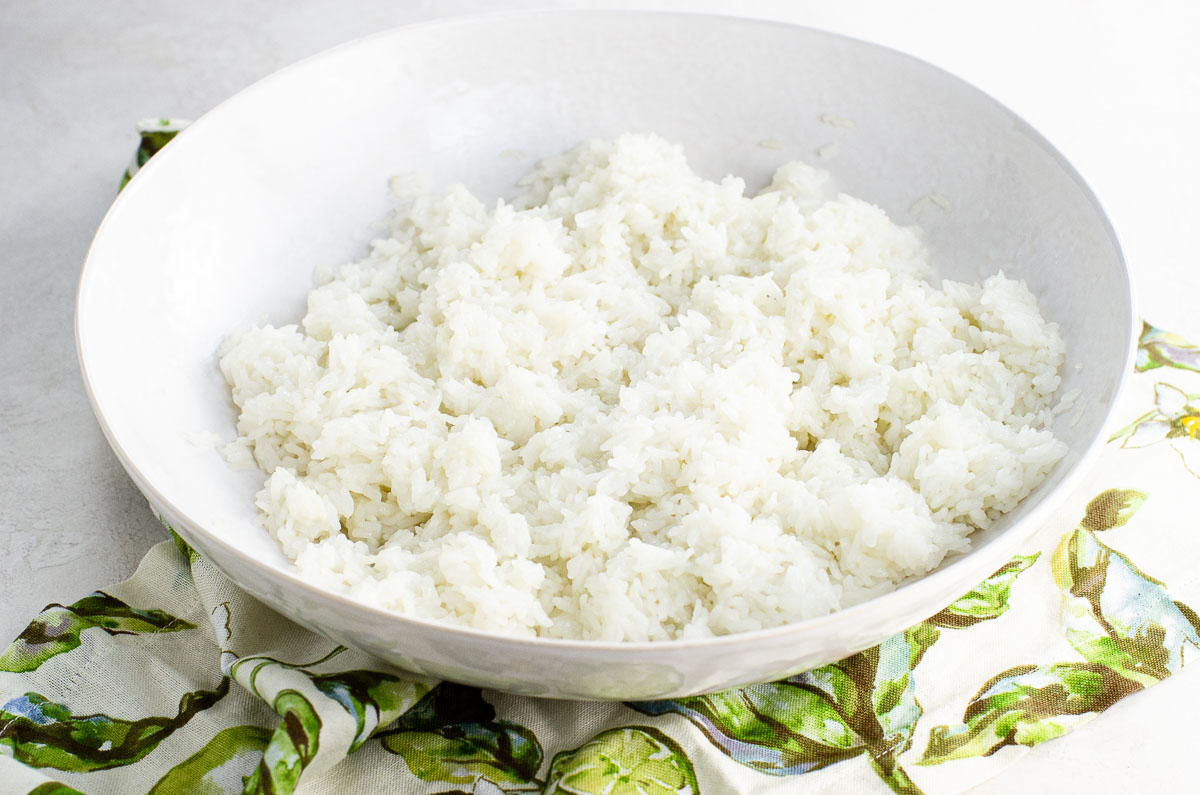
Sushi rice plays a crucial role in Japanese cuisine, particularly in the art of sushi making. It is specially prepared and seasoned to achieve the perfect balance of sweetness and acidity, which complements the flavors of fresh fish and other seafood. The texture of sushi rice is slightly sticky, allowing it to hold together when shaped into sushi rolls or pressed into nigiri. The addition of vinegar dressing gives sushi rice its distinct tangy taste, enhancing the overall gastronomical experience. Sushi rice is not only a staple in sushi restaurants but is also used in other Japanese dishes like chirashi sushi and rice bowls.
1. Importance of Sushi Rice in Sushi Making
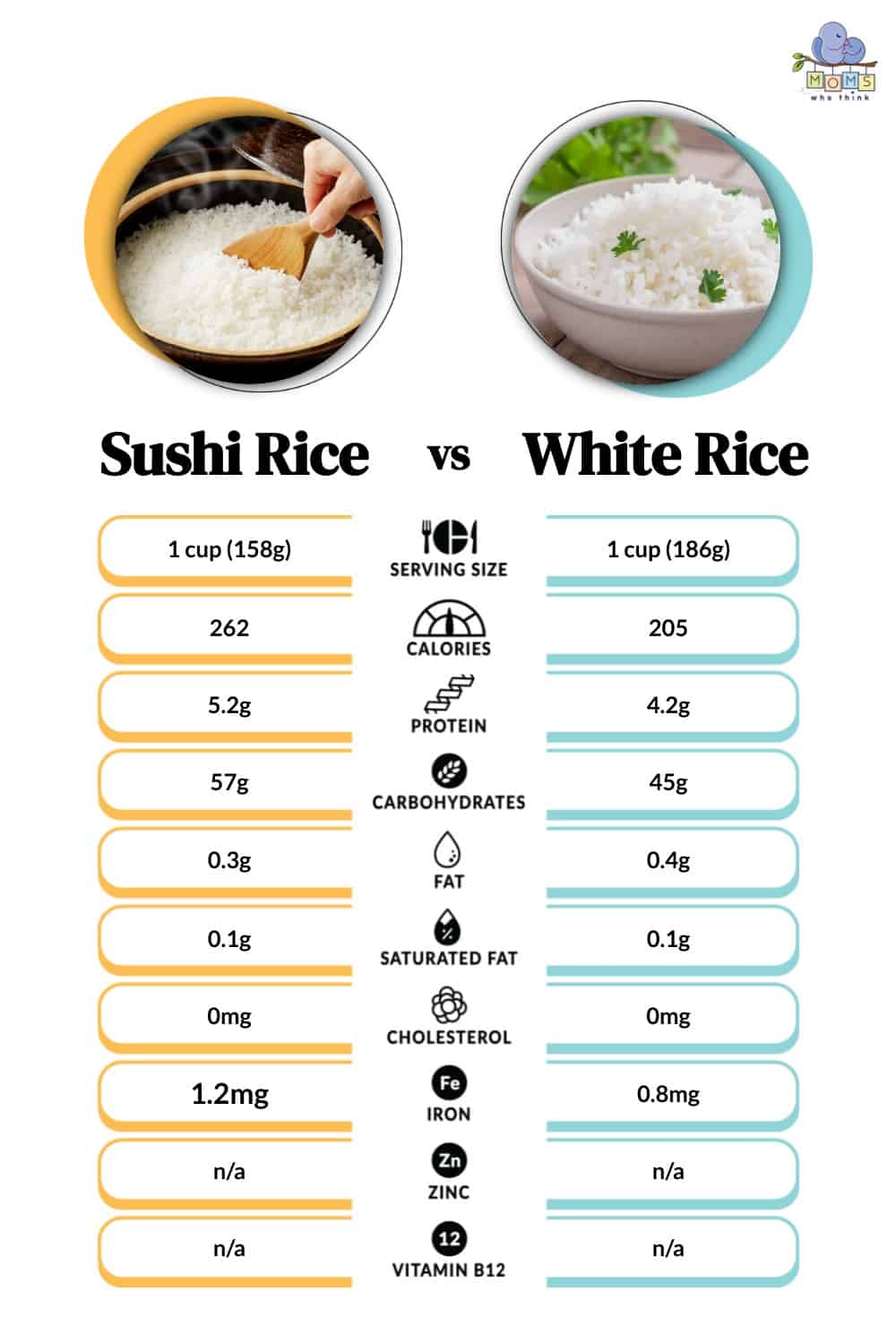
Sushi rice plays a crucial role in the art of sushi making. Its sticky texture allows it to hold together when shaped into sushi rolls or pressed onto nigiri. The perfect blend of sweetness and acidity, achieved through the seasoning with vinegar, enhances the flavors of fresh fish and other ingredients. The proper preparation of sushi rice is essential to create the foundation for a delicious and enjoyable sushi experience. Without the right kind of rice, sushi would not have the same texture, taste, or overall quality.
2. Sushi Rice Seasoning and Vinegar Dressing
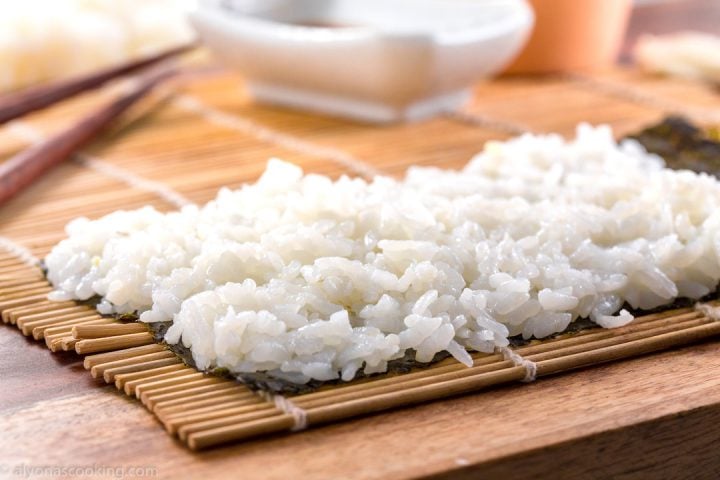
Sushi rice is not only cooked with water, but it is also seasoned with a mixture of rice vinegar, salt, and sugar. This seasoning is what gives sushi rice its distinct and delicious flavor. The vinegar dressing helps to balance out the sweetness and enhances the overall taste of the sushi. The vinegar also plays a role in preserving the rice and preventing it from spoiling. The precise measurements of vinegar, salt, and sugar vary depending on personal preference and the type of sushi being made. However, the general ratio is approximately 1 tablespoon of vinegar, 1 teaspoon of salt, and 1 teaspoon of sugar per cup of cooked rice. The vinegar dressing is gently mixed into the cooked rice while it is still warm, being careful not to overmix and make the rice mushy. The seasoned sushi rice is then ready to be used in various sushi preparations.
Glutinous Rice vs Sushi Rice: Similarities and Differences

Glutinous rice and sushi rice may both be sticky, but they have significant differences. Glutinous rice, also known as sticky or sweet rice, is high in amylopectin, giving it its distinctive sticky texture. It is commonly used in desserts and Asian dishes that require a sticky consistency. On the other hand, sushi rice is a short-grain rice that is seasoned with vinegar, sugar, and salt. This gives it a slightly tangy and sweet taste, making it ideal for sushi preparations. While both types of rice are sticky, their usage and flavor profiles set them apart.
1. Comparison of Glutinous Rice and Sushi Rice

Glutinous rice and sushi rice may both be sticky, but they have significant differences. Glutinous rice, also known as sticky or sweet rice, is high in amylopectin, giving it its distinctive sticky texture. It is commonly used in desserts and Asian dishes that require a sticky consistency. On the other hand, sushi rice is a short-grain rice that is seasoned with vinegar, sugar, and salt. This gives it a slightly tangy and sweet taste, making it ideal for sushi preparations. While both types of rice are sticky, their usage and flavor profiles set them apart.
2. Suitable Dishes for Glutinous Rice and Sushi Rice
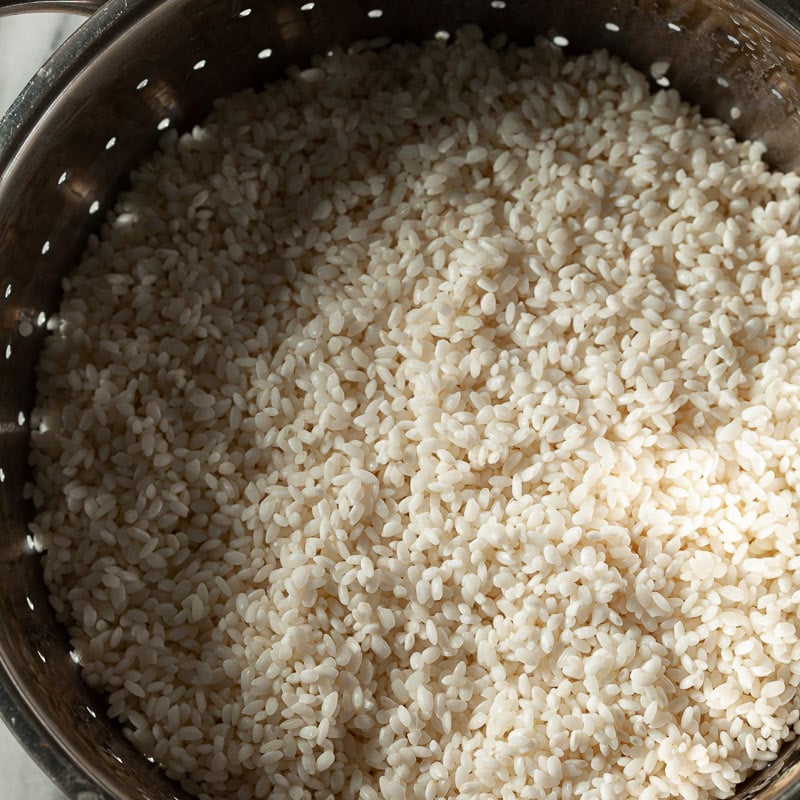
Glutinous rice and sushi rice each have their own unique qualities that make them suitable for different types of dishes. Glutinous rice, with its sticky texture, is commonly used in Asian cuisine for dishes like sticky rice with mango, sticky rice dumplings, and glutinous rice cakes. Its ability to hold together well makes it perfect for shaping into balls or using as a filling.
On the other hand, sushi rice is specifically designed for sushi dishes. Its slight tangy and sweet taste, along with its sticky yet firm texture, complements the flavors of raw fish and other sushi ingredients. Sushi rice is used to make various types of sushi such as nigiri, maki, and temaki. It is also used in sushi bowls and sushi rolls.
Both types of rice add their own distinct qualities and enhance the flavors of the dishes they are used in. Whether you're craving for a sweet and sticky dessert or looking to make a delicious sushi feast, these rice varieties have got you covered.
Conclusion
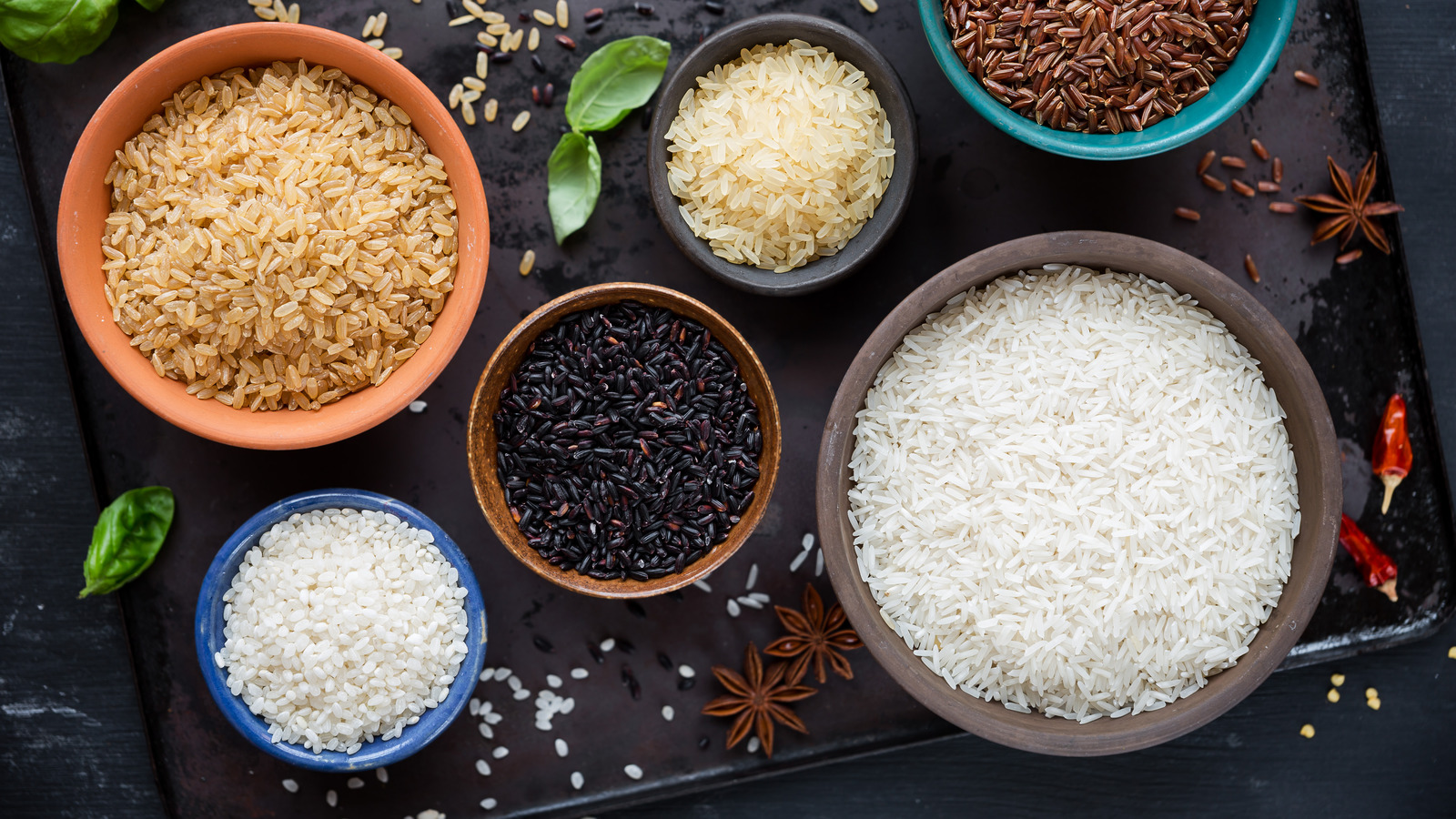
In conclusion, understanding the differences between glutinous rice and sushi rice is essential for both home cooks and enthusiasts of Asian cuisine. Glutinous rice, with its sticky and stretchy texture, is perfect for traditional dishes like sticky rice dumplings and glutinous rice cakes. On the other hand, sushi rice's firm and slightly tangy taste enhances the flavors of sushi dishes such as nigiri and maki. Each rice variety brings its own unique qualities to the table, allowing you to create delicious and authentic dishes from around the world. So, whether you're in the mood for a sweet dessert or a sushi feast, choose the right rice to elevate your culinary experience.
1. Key Takeaways on Glutinous Rice vs Sushi Rice

When comparing glutinous rice and sushi rice, it is important to note that sushi rice is sticky due to its preparation process, while glutinous rice gets its sticky texture from its high starch content. Glutinous rice is commonly used in traditional dishes around the world, while sushi rice is specifically used in Japanese cuisine for making sushi. Both rice varieties have their unique taste and texture, enhancing the flavors of different dishes. It is crucial to choose the right type of rice for your culinary creations to achieve the desired results and authentic taste.
2. Tips for Selecting the Right Rice for Your Dish
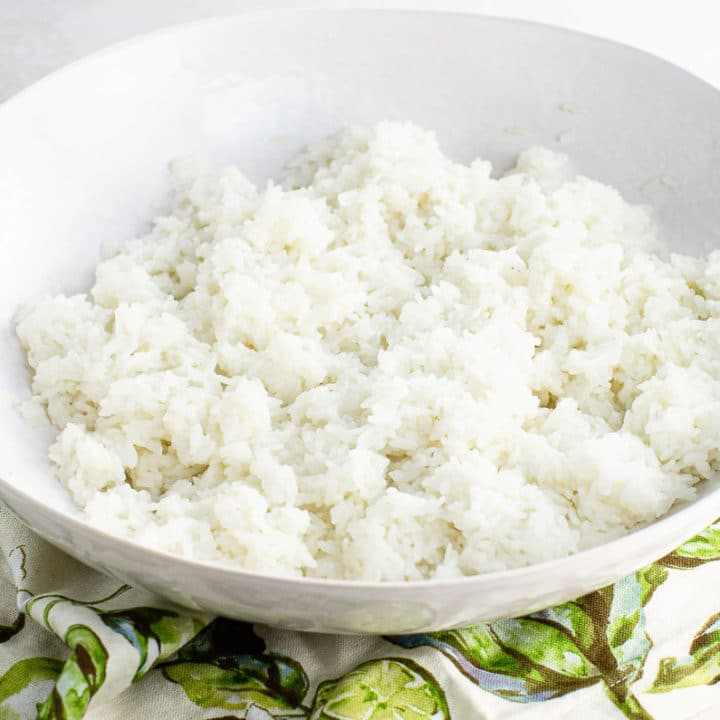
When selecting the right rice for your dish, there are several factors to consider. Firstly, consider the texture and stickiness you desire for your dish. If you want a sticky and chewy texture, glutinous rice is the way to go. For a slightly sticky and fluffy texture, sushi rice is a better choice. Secondly, consider the flavor profile of your dish. Glutinous rice has a slightly sweet taste, while sushi rice has a mild and slightly vinegary flavor. Lastly, consider the cuisine you are preparing. Glutinous rice is commonly used in Asian desserts and sticky rice dishes, while sushi rice is essential for Japanese sushi. By considering these factors, you can select the right rice variety to enhance the flavors and textures of your dish.
DK FAQ MARK
FAQ about Glutinous Rice vs Sushi Rice: A Sticky Situation
Q: What is the main difference between glutinous rice and sushi rice?
A: Glutinous rice, also known as sticky rice, has a higher starch content than sushi rice. Sushi rice is a medium-grain rice that becomes sticky when cooked, but it is not as sticky as glutinous rice.
Q: Can glutinous rice be used as a substitute for sushi rice?
A: While glutinous rice and sushi rice have similar sticky textures, they are not interchangeable. Glutinous rice is stickier and more chewy than sushi rice, which could affect the texture and taste of sushi dishes.
Q: How are glutinous rice and sushi rice best used in cooking?
A: Glutinous rice is commonly used in desserts, rice cakes, and sticky rice dishes in Asian cuisines. Sushi rice, on the other hand, is specifically seasoned with vinegar, sugar, and salt for making sushi rolls, nigiri, and other Japanese dishes.
Q: Are glutinous rice and sushi rice gluten-free?
A: Both glutinous rice and sushi rice are naturally gluten-free grains, making them suitable for individuals with gluten intolerance or celiac disease.
Q: Can glutinous rice and sushi rice be stored for a long time?
A: Properly stored glutinous rice and sushi rice can be kept for extended periods. It is recommended to store them in a cool, dry place in an airtight container to maintain their freshness and prevent moisture absorption.

Panda Cafe offers delicious dining and takeout to Fairfax, VA.
Panda Cafe is a cornerstone in the Fairfax community and has been recognized for its outstanding Chinese cuisine, excellent service, and friendly staff.